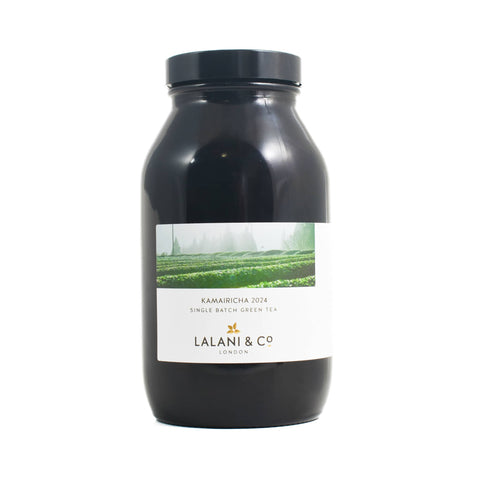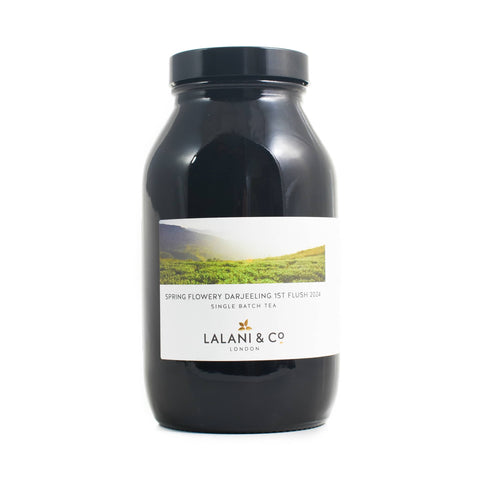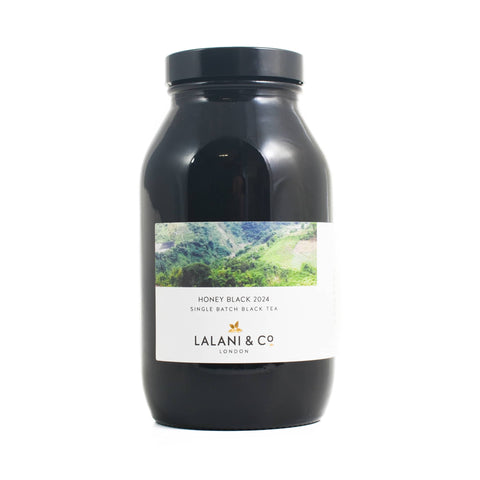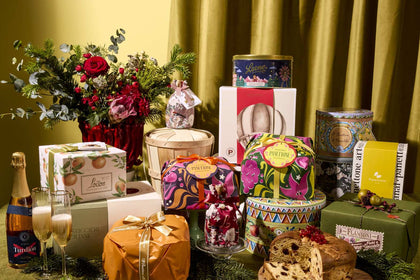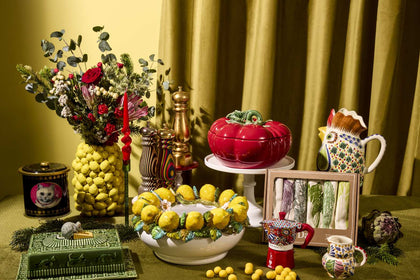How To Make The Perfect Cup Of Tea
by Holly Thomson

Have you made a cup of tea today? Most of us drink some kind of brew every day. And most of us have a strong preference for how we like it. There's an art to making the perfect cup or tea. But, of course, there's also a good deal of science.
Especially when using extraordinary hand-harvest tea leaves from tea merchants, Lalani & Co. Knowing how to treat the tea leaf can release even more incredible flavours and notes.
In this blog, we look at the 8 key factors that go into a perfect cup of tea.
Shop all tea and tea products here or keep reading and discover everything you need to know about bubble tea.
Water Temperature
Water temperature significantly affects the extraction of flavours from tea leaves. Too hot, and you risk bitterness, by scalding the leaves. Boiling water of 100°C can degrade the aromatic compounds that make artisan tea leaves special. Conversely, if the water is too cool the tea may taste weak.
Different tea leaves require different water temperatures:
- Black tea leaves: 90°C-100°C
- Oolong tea: 80°C-90°C
- White tea: 70°C-85°C
If your kettle doesn't allow temperature control, a simple trick is to let boiling water cool for a minute or two, or pour it into another vessel to reduce the temperature by approximately 5°C per pour.
Tea Leaf Weight
Precision is key. Using a scale ensures consistency and optimal flavour. A general guideline is to use 3g of tea per 150ml of water.
This ratio can be adjusted based on personal preference and the specific tea variety. Lalani & Co emphasizes the importance of weighing tea leaves to achieve the perfect strength and complexity in your brew.
How Long To Brew Tea
Infusion time varies depending on the tea type. Here is a guide for the Lalani & Co teas at Sous Chef:
-
Honey Black: 3–5 minutes. Longer infusions enhance its honeyed sweetness without introducing bitterness.
-
Assam Malt First Flush: Start with 1 minute, using 150ml of tea in hot water just off the boil - at 90°C.
-
Gyokuro (Japanese Green Tea): 3 minutes at 40°C. This delicate tea requires careful timing to preserve its umami-rich profile.
Always decant the entire infusion to prevent over-steeping, which can lead to unwanted bitterness.
What Tea Equipment Do You Need?
While temperature-controlled kettles offer precision, a standard kettle suffices for most teas. By allowing boiling water to cool slightly or transferring it between vessels, you can achieve the desired temperature range for various teas.
Additionally, pre-warm your teapot or cup with hot water to maintain the brewing temperature.
How To Pour Tea
Avoid pouring water directly onto the tea leaves. Instead, let the water flow along the side of the vessel to preserve the integrity of the leaves. This gentle approach ensures a more even extraction and a smoother taste.
How To Store Tea Leaves
To maintain the freshness and flavour of your tea, store it in a cool, dry place away from direct sunlight and strong odors.
Airtight containers are ideal for preserving the delicate aromas and preventing moisture from affecting the leaves.
3 Types of Artisan Tea
Gyokuro – The Finest Japanese Green Tea
Gyokuro is Japan’s most prized green tea. Its smooth, savoury taste comes from careful shading. For three weeks before picking, the plants are kept out of direct sunlight. This raises their amino acid levels and cuts tannins. The result? A rich umami taste with no bitterness.
Kamairicha – A Rare Japanese Tea with Chinese Technique
Kamairicha is a unique Japanese tea made with a Chinese twist. Unlike most Japanese green teas, it is not steamed. Instead, it’s dry-fired in a pan, which brings out toasty, nutty notes.
Honey Black – Taiwan’s Summer Surprise
Taiwan is best known for oolongs. But its summer black teas are just as exciting. During this season, leafhoppers nibble the tea plants. In response, the leaves create natural honey-like compounds. Lucky for us, those stay in the cup.
Shop Artisan Tea
In Japan, green teas are usually steamed. Kamairicha is unusual because it is dry heated like a Chinese tea. This keeps the leaves green and gives the tea a toasty flavour. Expect moreish notes of popcorn and roasted rice.
Infuse 1 tsp of tea per 150ml of water. For the best flavour, use water around 70°C.
This tea is grown in an organic garden in Kagoshima, Japan. The garden is tended by the Sakamoto family, who have been in the tea business for nearly a century. The family make their own fertilisers to nourish the soil and special frames to shade the plants.
Shading the plants helps to reduce the tannins in the leaves. This is why Gyokuro tea has such a smooth, umami-rich taste.
Prepare this tea in the Japanese way, using 40˚C water. Lalani & Co recommends 1 tbsp of tea per 150ml of water, steeped for three minutes.
Assam tea is known for its rich, full flavour. If you like a strong cup in the morning, this loose leaf tea will definitely hit the spot. You can also use it to flavour cakes and patisserie.
Use 1 tsp of tea per 150ml of water. For best results, use water just off the boil - around 90°C.
Darjeeling has a delicate, complex flavour. Expect notes of tropical fruit and spring florals. Darjeeling connoisseurs will enjoy its subtle sweetness and smooth finish.
The tea is grown in Samabeong, one of the highest gardens in Darjeeling, India. Tended by the Mohan family, the garden is surrounded by rivers and forests on all sides. Tea grown at high elevation has a lighter, more delicate taste.
Infuse 1 tsp of tea per 150ml of water and leave to steep for 3-5 minutes. For best results, use water around 70°C.
Honey Black is smooth and intriguing with notes of honey and raisins. While the tea infuses, the air fills with the aroma of fruitcake. Enjoy a cup on its own or pair it with your favourite sweet treats. It’s delicious with scones and toasted teacakes.
The tea is grown by the Huang family using organic farming methods. Their garden is located high up on Jade Mountain in central Taiwan.
Infuse 1 tsp of tea per 150ml of water (90°C). Leave to steep for around five minutes.
Tea brewing is a personal journey. Don't hesitate to adjust variables to suit your taste preferences. Experiment with different infusion times and temperatures to discover the nuances of each tea. Remember, the goal is to create a cup that brings you joy.
Shop all tea and tea products here or keep browse more Buyer's Guides on drinks of all sorts!

